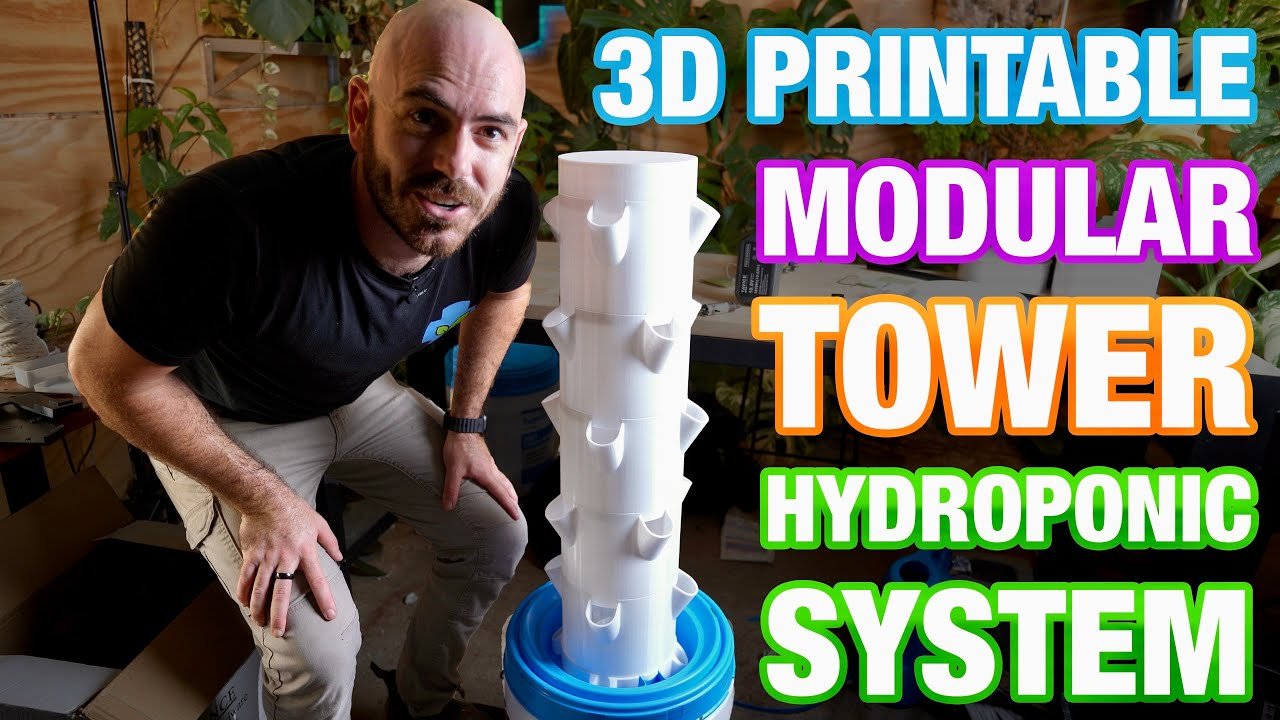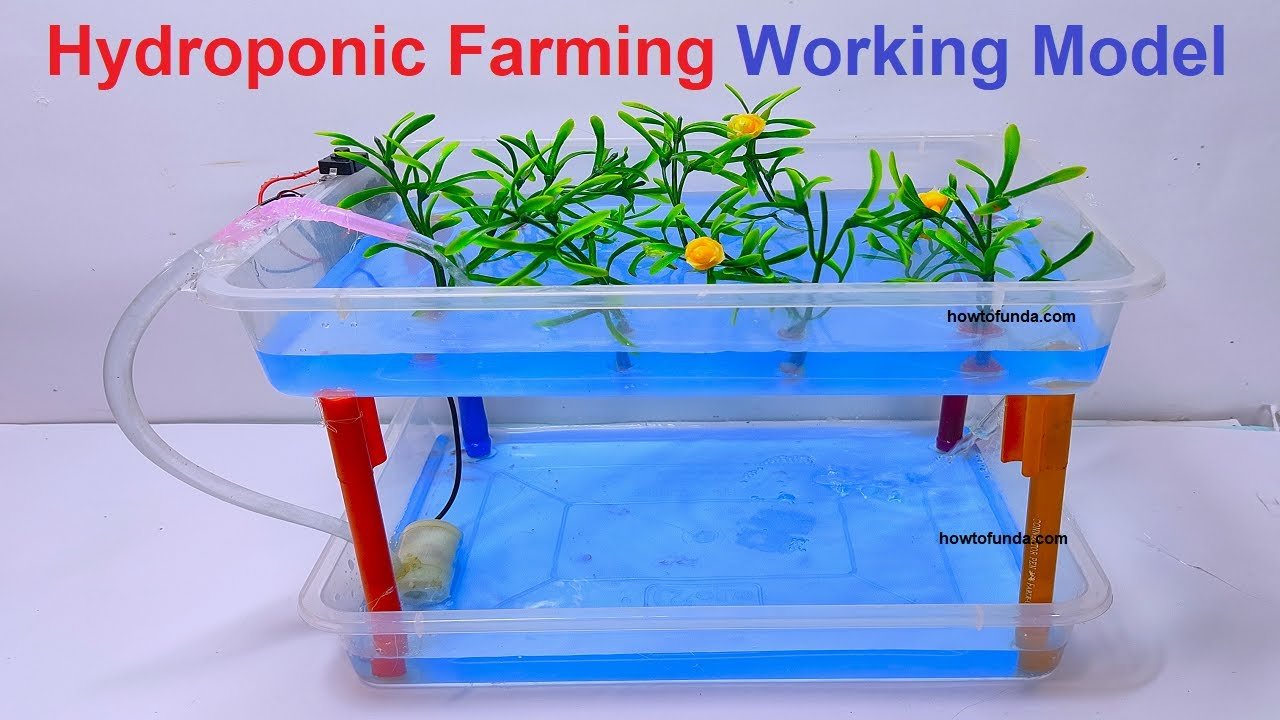The Chronicles of My Backyard Aquaponics Quest
It all started on a rainy Thursday afternoon, the kind of day that makes you feel restless and hopeful all at once. I was sitting at my kitchen table, staring out at my barren backyard, dreaming about lush greens and plump fish, when a wild idea struck me: why not try building an aquaponics system?
I had seen videos online of people harvesting fresh vegetables while keeping fish like happy little pets—what’s not to love? So, I dove headfirst into the world of DIY aquaponics with little more than enthusiasm and a willingness to learn. I figured it would be a delightful little side project, a way to flex my green thumb while not too far from home.
The Construction Mayhem
I hit the local hardware store and navigated the aisles like a kid in a candy shop—a little overwhelmed but full of possibilities. I picked up a 50-gallon plastic tank for the fish and a few pieces of PVC to create my hydroponic setup. My car smelled like a blend of algae and freshly cut wood as I carted home my treasures.
Once back, I cleared out a corner of the yard, along with some old flower pots and a rusting wheelbarrow, items I thought were destined for the dump. The makeshift “garden” was nothing more than a hastily leveled patch of dirt and weeds, still hopeful something beautiful would spring from it.
But, here’s the first hiccup: I had no real understanding of how the whole thing was supposed to work together. I thought I was nailing it when I set up a nutrient-filled water cycle through plant beds—but within days, the water had turned an unexpected shade of green. I later learned that was called algae. It looked disgusting and smelled worse—like a fish market gone wrong.
Choosing My Fish and the Great Loss
Now, let’s talk about selecting fish. I settled on tilapia, imagining their majestic iridescent scales reflecting the sunlight. They were supposed to be hardy, ideal for beginners. Sadly, I bought them from a local farmer’s co-op, who had a sly smirk, maybe thinking he knew something I didn’t. Little did I know, it was a disaster waiting to happen.
The first few days were bliss—the fish swam happily, and my plants were just starting to peek above the water. I thought I had it all figured out. Then, out of nowhere, my fish began to float.
After a quick Google session (thank goodness for the internet), I discovered that my water’s pH and nitrate levels were all out of whack. During my enthusiastic DIY phase, I had somehow neglected to check the water chemistry. And my poor fish were the innocent victims.
A Bit of Trial and Error
I fell into this cycle of trial and error, fixing one issue only to discover another. The pump, a little contraption I’d salvaged from a broken fountain, turned out to be more of a headache than an asset. I’d wake up to find it spluttering like an old man on a cold winter morning. I nearly threw in the towel when it resulted in a small flood of murky green water that “fished” out the last of my precious tilapia.
But every hurdle introduced me to a small lesson—learning not to load the fish tank with too many fish all at once, or how to keep the nutrient cycle alive without being overly zealous. I started testing the water weekly, making adjustments like a meticulous scientist in a lab coat.
The Turnaround
Then came the pivotal moment. After a couple more rounds of losing fish and watching plants wilt, something miraculous happened. I finally got that water chemistry right. I learned about budget nutrients you can make from kitchen scraps or waste. Banana peels? Yes, please! Coffee grounds? Count me in! Who knew I could feed my plants while reducing waste?
With each batch of fresh nutrients, the green hues brightened, and my plants began to sprout—crisp lettuce leaves, herbs that tickled the senses with their fragrances. It was almost surreal, like I was living in some sort of fairytale where I could grow food in my backyard with just fish and water.
An Ode to Imperfection
Today, my little setup is still not perfect. We’ve had our battles with pests, fertilizer mixes, and daily temperature fluctuations that make me question my sanity. I’ve lost fish, too, and yes, the smell of those early days still haunts me. But through it all, I’ve discovered an unexpected joy in this messy process.
If you’re sitting here, pondering a similar adventure, here’s what I learned: Don’t aim for perfection; it’s the journey that counts. Embrace the chaos. Whether it’s through trial and error or a simple fish fry evening, each twist and turn you navigate only deepens your connection to the experience.
So go ahead, dive into the world of backyard aquaponics or hydroponics. It might be bumpy, but it’ll be real! Just get your hands dirty, and I promise you’ll figure it out as you go.
If you want to embark on this journey with me, let’s join forces. Reserve your seat for our next aquaponics session. Let’s laugh over our stories and maybe shed a few tears over our tanks together. You won’t regret it!






Leave a Reply